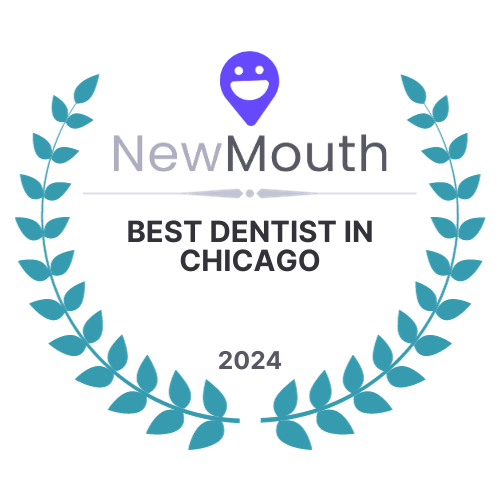5 Signs You May Have Obstructive Sleep Apnea and What You Can Do About It
4 Things You May Not Know About Dr. Dan Strobel How Cone Beam Technology Works and What it Can Do for You
Most of us have heard of the term obstructive sleep apnea (OSA), but do we know what it means and how serious it can be? Read on to learn more about what OSA is and what you can do to treat it if you’re a sufferer!
Why do I need sleep?
Let’s first look at why sleep is important. For our bodies to function at optimum performance, they need rest. The rest we get during proper sleep allows for restorative processes like muscle growth and tissue repair. It also aids in a process called neuroplasticity - our brain’s ability to create new neural connections based on memory acquisition and learning.
When we don’t get adequate sleep, it can lead to a host of problems. These can range in severity from issues like irritability and poor memory to increased risk of diabetes, hypertension and depression.
What is Obstructive Sleep Apnea?
Simply put, OSA is when breathing stops or is significantly decreased one or more times during sleep. More technically, it occurs when airflow is decreased by at least 80% for more than 10 seconds. These interruptions can happen 30 or more times an hour. So what exactly happens?
- You fall asleep, causing the body to relax and lose muscle tone. This causes a significant, if not complete, collapse of your airway, interrupting the normal inhalation of oxygen and exhalation of carbon dioxide.
- This obstruction leads to hypoxia, or lack of oxygen reaching the tissues, and carbon dioxide build up.
- The brain alerts the body to breathe, which leads to arousal.
- Upon waking your muscle activity increases, reopening the airway and allowing for normal breath.
As you fall back asleep, the above cycle repeats itself again throughout the night.
It is estimated that 17 - 20% of adults suffer from OSA, though less than 10% have been diagnosed. It is more prevalent than diabetes or asthma. An even greater percentage, up to 67%, experience heavy snoring. The chances of having OSA increase if you are overweight, but anyone can be affected.
5 major signs of Obstructive Sleep Apnea:
- loud snoring
- occasionally waking up with the sensation of choking or gasping
- waking up with a very dry, sore throat
- headaches in the morning
- irritability and a decreased ability to concentrate
How can I treat Sleep Apnea?
There are a number of things you can do to lower your risk of OSA and/or treat an existing condition. These include:
- Maintain a healthy weight- excess weight is a leading cause of OSA.
- Quit smoking- when don’t we advocate for this, right? Among the other negatives of the habit, smokers are 3 times more likely to have OSA than those who have never smoked.
- Limit the use of system depressants- sedatives, alcohol and tranquilizers can all relax the muscles in the throat and exacerbate OSA.
- Surgery- if the cause of your OSA is more anatomical in nature - large tongue, thicker walls of the throat, naturally narrow airway - your doctor may recommend surgery to remove the excess tissue.
- Continuous positive airway pressure (CPAP)- perhaps the most common treatment of severe OSA and the gold standard of treatment among many physicians, this machine covers your nose and mouth while you sleep and uses air pressure to keep your airway open.
- Mandibular advancement devices (MADs)- these are a great alternative to the more cumbersome CPAP machines for people with OSA. The best results are seen in mild and moderate patients, but it’s also an alternative for people with severe apnea that don’t tolerate CPAP well, and something that a specially trained dentist can help you acquire. These function more like night guards, helping to adjust the jaw and structures in the mouth to keep the airway open.
If you think you might suffer from OSA, don’t delay in speaking to your doctor or dentist. They can help point you in the right direction and get you the help you need!
